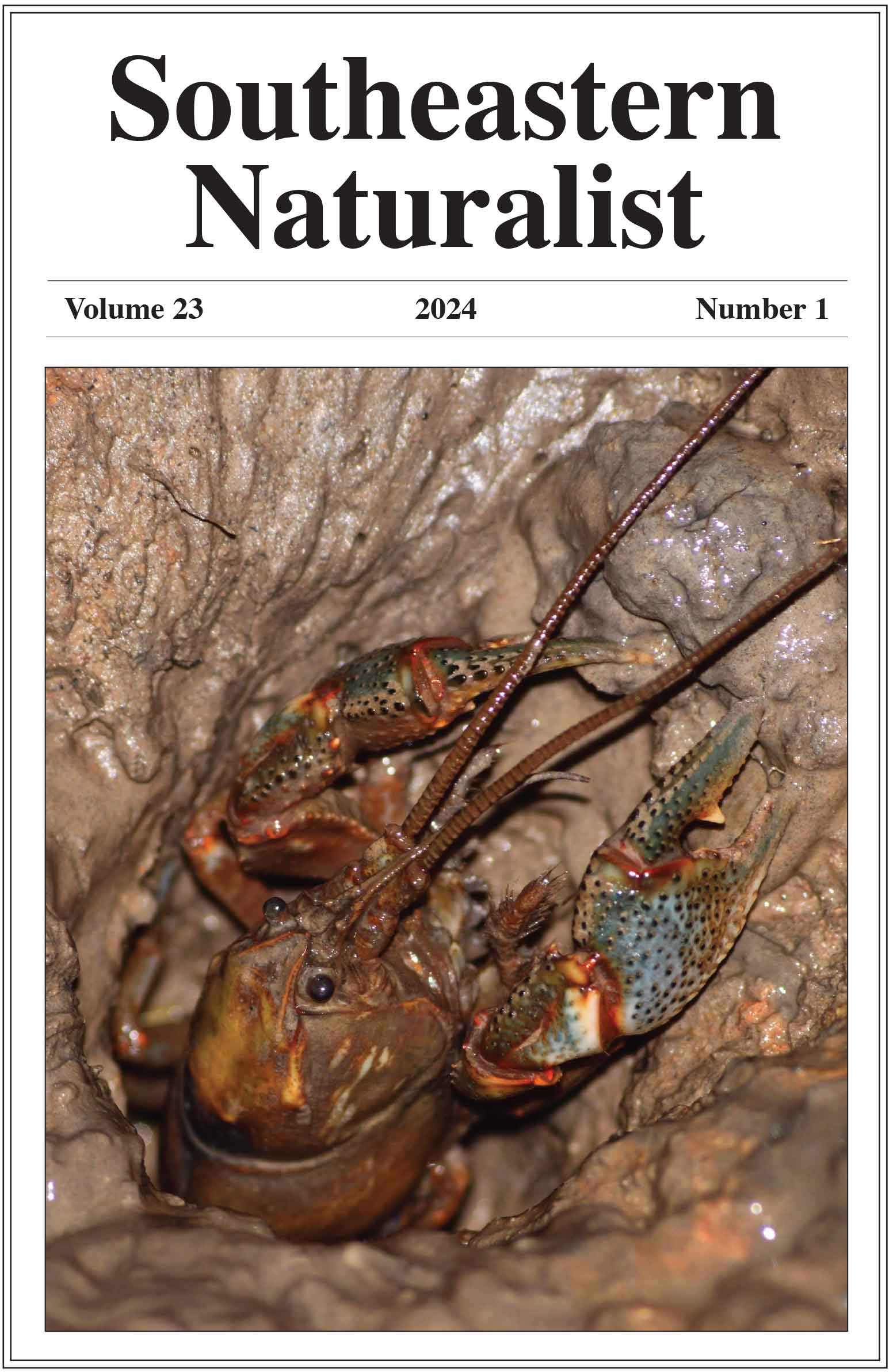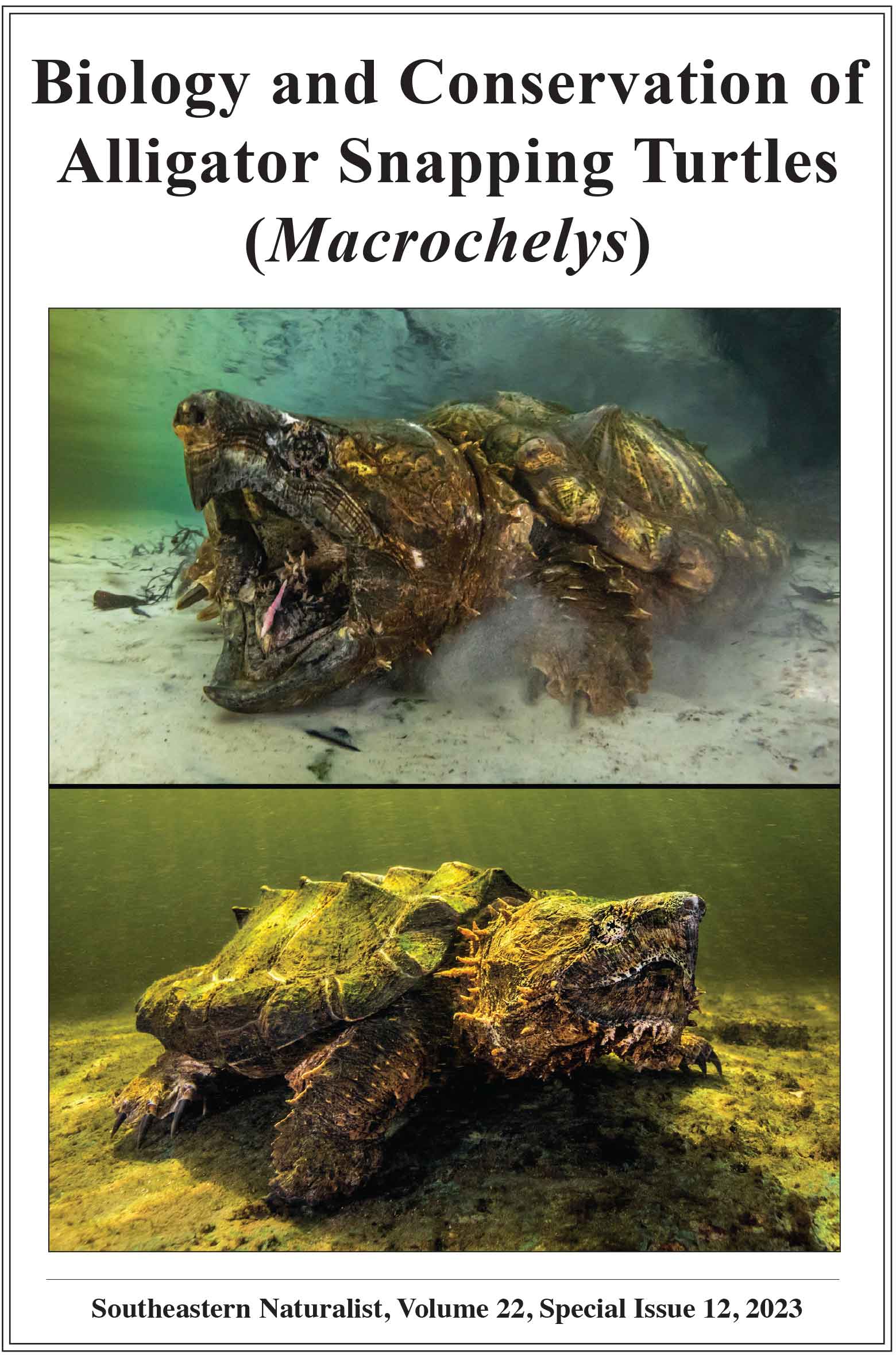Composition and Structure of Tsuga caroliniana Engelm. Communities in the Southern Appalachian Mountains of Western North Carolina
Tara L. Keyser1,*, Diane M. Styers2, Marcus Wind3, Laura DeWald4, and Beverly Collins3
1USDA Forest Service, Southern Research Station, 200. W.T. Weaver Boulevard, Asheville, NC 28806. 2Western Carolina University, Department of Geosciences and Natural Resources, 246 Central Drive, 331 Stillwell Building, Cullowhee, NC 28723. 3Western Carolina University, Department of Biology, Cullowhee, NC 28723. 4University of Kentucky, Department of Forestry and Natural Resources, Lexington, KY 40546. *Corresponding author.
Southeastern Naturalist, Volume 22, Issue 1 (2023): 57–77
Abstract
Tsuga caroliniana (Carolina Hemlock) is a species endemic to the southern Appalachian Mountains. Extant populations are under threat from the spread of introduced Adelges tsugae (Hemlock Woolly Adelgid), and information necessary to inform Carolina Hemlock conservation and future restoration efforts is limited. Our research characterized the structure and composition of Carolina Hemlock communities in the middle of its geographic range. We identified 5 sites where Carolina Hemlock comprised a major component of the stand. We collected data on structure, composition, and physiography in four 0.05-ha plots at each site. We quantified density and diversity of the overstory (≥5 cm dbh) and regeneration (<5 cm dbh) layers and used non-metric multidimensional scaling (NMS) to characterize species composition. At all but 1 site, Carolina Hemlock possessed the greatest importance value. Aspect, basal area, and species diversity varied only slightly among the sites. Overstory species composition was distinct at each site, while that of the regeneration layer was similar. Only 3% of the stems in the regeneration layer were Carolina Hemlock, with the seedling layer dominated by Acer (maple) species. Consequently, overstory mortality following disturbance will likely result in the recruitment of shade-tolerant species, maples in particular, which would homogenize the composition of these 5 distinct Carolina Hemlock communities.
![]() Download Full-text pdf (Accessible only to subscribers. To subscribe click here.)
Download Full-text pdf (Accessible only to subscribers. To subscribe click here.)
Access Journal Content
Open access browsing of table of contents and abstract pages. Full text pdfs available for download for subscribers.
Issue-in-Progress: Vol. 23 (2) ... early view
Check out SENA's latest Special Issue:












 The Southeastern Naturalist is a peer-reviewed journal that covers all aspects of natural history within the southeastern United States. We welcome research articles, summary review papers, and observational notes.
The Southeastern Naturalist is a peer-reviewed journal that covers all aspects of natural history within the southeastern United States. We welcome research articles, summary review papers, and observational notes.